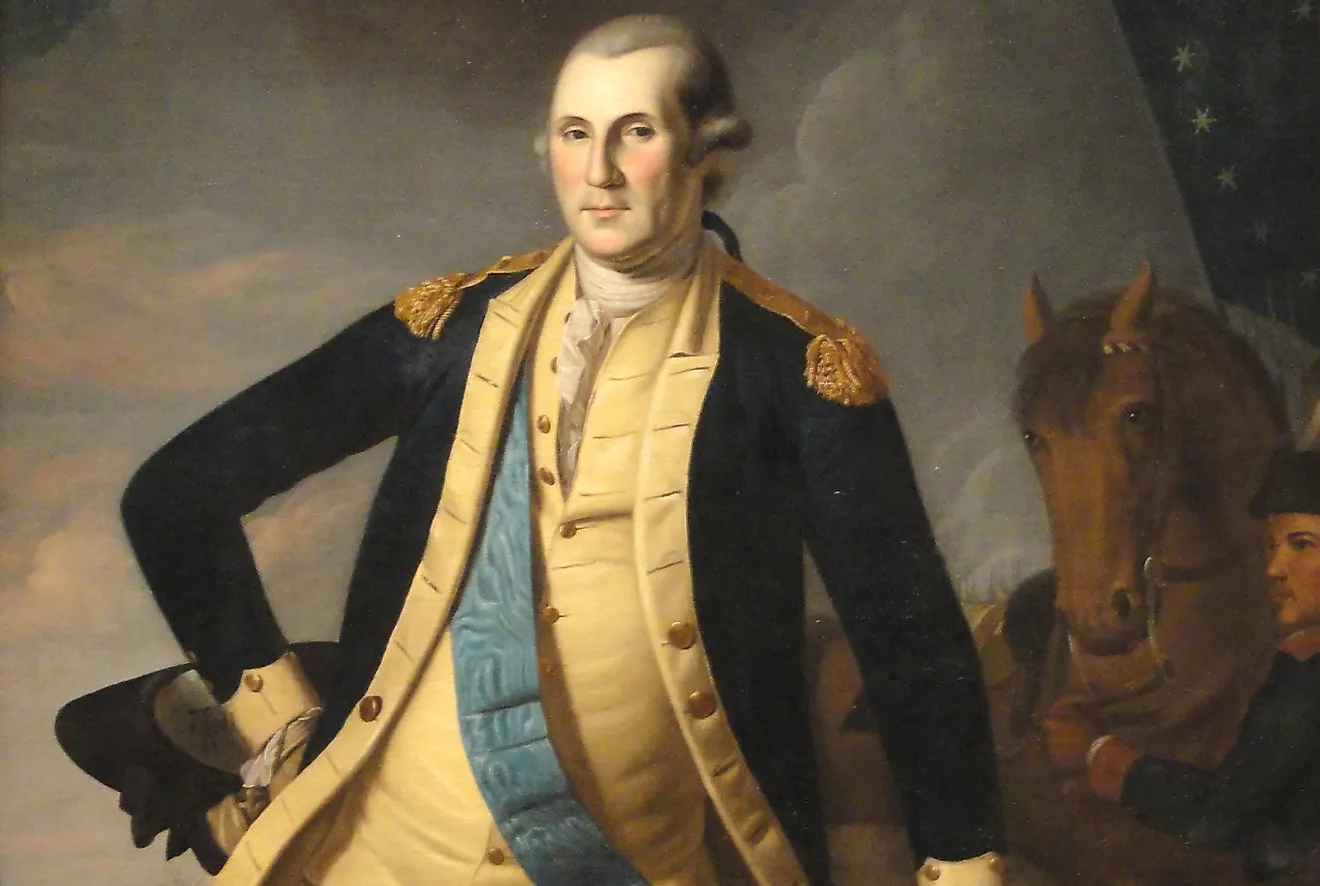The Battle of Princeton: The American Revolutionary War

5. Background
The Battle of Princeton took place on January 3rd, 1777 at Princeton, in what the British still considered their colonial Province of New Jersey. It was a military conflict between the British and their hired German Hessian soldiers on one hand, and revolutionaries from the 13 British colonies in North America on the other. The battle would come to be known as one of the most important in the American Revolutionary War (1775-1783). American general and leader of the Continental forces, George Washington, led his troops into this famous victory against the British colonialists. On December 26, 1776, Washington had managed to defeat Johann Rall’s Hessians, in service to the British, and evade a conflict with General Charles Cornwallis, who had been sent to Trenton to capture him. Washington had additionally managed to carry out successful assaults against the British rear guards as they departed to Trenton from Princeton, New Jersey.
4. Makeup
Brigadier General Hugh Mercer and Continental Army Commander-In-Chief George Washington led their forces against an out-gunned and outmanned opposition. The British were meanwhile led by General Charles Cornwallis and Lieutenant Colonel Charles Mawhood. The combatants on both sides used big guns as well as rifled and smoot-barrel muskets during the battle. Washington’s troops were made up of both Continentals and militiamen, while the opposition was mainly comprised by British Regulars. Continental troops boasted around 4,500 men, while the British forces was numbered at roughly 1,200.
3. Description
The British were angered by Washington’s victory at Trenton, and they had sent Cornwallis to capture Washington, whom they had nicknamed “The Fox”. Cornwallis went to Trenton on January 2, 1777, accompanied by 8,000 British soldiers, to combat Washington’s army, which numbered 5,000 men. On the night of January 2, 1777, Washington left his position and moved to circle the British army with his continental forces. He obtained assistance from General Hugh Mercer who was also a leader of the continental forces. Mercer led his troops to a battle with a British army led by Lieutenant colonel Charles Mawhood. The British proved too strong for Mercer and his troops. Washington was compelled to send reinforcements using a militia that was led by John Cadwalader. The militia also attempted to flee from the advancing British troops, and it was then that Washington summoned up all of the available regular American forces to attack Cornwallis and his troops. Washington used his familiarity with the terrain to gain an edge over the British. He organized night attacks and led his army to safe highlands in New Jersey by setting up a camp at Morristown. While organizing on how to attack the British, the Americans led the enemies into territories where they could easily encircle them without there being opportunities for escape as they did along Post Road, a critical intersection between Trenton and Princeton. Cornwallis, fearing that American forces would escape, sent troops to take guard of the Delaware River. However, Washington and his troops managed to defeat the British forces, owing to their familiarity with the land and superior tactics.
2. Outcome
The battle led to the deaths of 100 British soldiers and 25 American ones. 40 American and 70 British soldiers were wounded while the Americans managed to capture 280 British soldiers at the end of the battle. Following the defeat, British army leaders General William Howe, General James Grant and Admiral Richard chose to leave New Jersey to Washington and the American troops. The two concentrated their efforts between the Atlantic Coast and New Brunswick. As such, the British Hessian mercenaries were compelled to end years of their invasion of New Jersey, which reverted to the control of American Continental militias.
1. Significance
The victories the Americans obtained at Trenton and Princeton gave them hope and morale that they could go on and win the Revolutionary War. The Battle at Princeton was in a line of early conflicts in the war. Indeed, this victory and that at nearby Trenton led many former doubters to believe this war was a winnable one for the revolutionary cause. Part of the battlefield lies today in Princeton Battlefield State Park, which is maintained by the state of New Jersey. The battlefield is both a US National Historic Landmark and a US Historic district. It lists among both the New Jersey State and US National Registers of Historic Places. Of the 30 Army units with colonial roots still active today, eight were involved in the battle.











